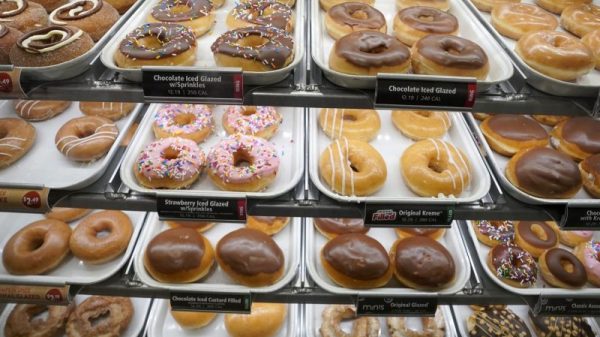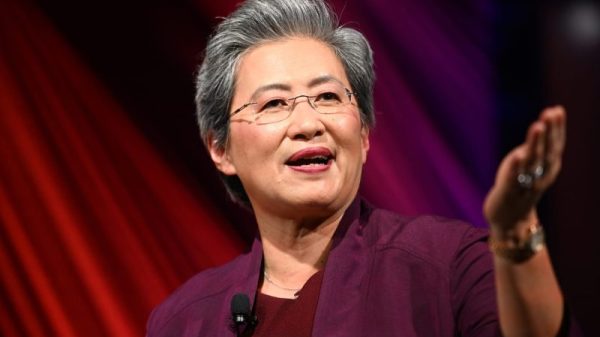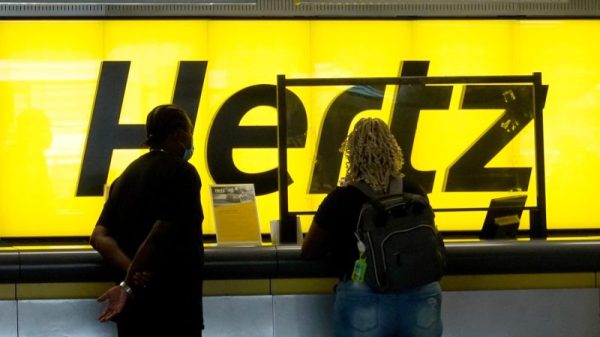Inflation in the United States cooled more than expected in March, while weekly jobless claims ticked higher, signaling a potential softening in the economy just as tariff tensions escalate.
The Bureau of Labor Statistics (BLS) reported Thursday that the consumer price index (CPI) slipped by a seasonally adjusted 0.1% last month, pulling the 12-month inflation rate down to 2.4% from February’s 2.8%.
BREAKING: Core CPI Inflation in the US just fell below 3.0% for the first time since March 2021 🇺🇸
3.0K
Reply
Copy link
US core inflation in March
Core inflation, which strips out volatile food and energy prices, rose just 0.1% in March and slowed to an annual pace of 2.8% — the lowest reading since March 2021.
Wall Street had expected headline inflation at 2.6% and core at 3%, according to Dow Jones estimates.
Falling energy costs helped cool price pressures. Gasoline prices fell 6.3% in March, driving a broader 2.4% decline in the energy index.
Meanwhile, food prices increased by 0.4% for the month, with egg prices jumping 5.9% and rising more than 60% year-over-year.
Shelter costs, a key inflation component, climbed just 0.2% in March, posting a 4% gain over the past year — the slowest pace since November 2021.
Kay Haigh, global co-head of fixed income and liquidity solutions at Goldman Sachs Asset Management, told CNBC that the softer-than-expected CPI report appeared “backward looking,” especially given the major shifts in trade policy in recent days.
Haigh added, “Going forward, the Fed is likely to face a difficult trade-off as tariff-driven price increases start to feed through to the inflation data while economic activity remains soft.”
Initial jobless claims for the week ending April 6
Adding to signs of a cooling economy, initial jobless claims rose slightly to 228,000 for the week ending April 6, according to the Labor Department.
That was above economists’ expectations of 215,000 and higher than the previous week’s revised figure of 215,000.
Continuing claims, representing those still receiving unemployment benefits, climbed to 1.82 million — the highest level in over two months.
The easing inflation data and uptick in unemployment filings come at a delicate time for markets.
President Donald Trump’s move to pause some of his controversial “reciprocal” tariffs has helped stabilize sentiment after a volatile week of trading.
However, concerns about a potential slowdown continue to linger as tariffs on China jump to 125%, effective immediately, while other countries return to a 10% baseline during a 90-day negotiation period.
Investors are now betting that cooling price pressures and softening labor market data could give the Federal Reserve room to ease interest rates later this year, even as geopolitical risks mount.
Markets reacted positively to the twin reports: the Dow Jones Industrial Average surged more than 2,800 points, the S&P 500 jumped over 9%, and the Nasdaq posted its largest one-day gain in decades.
The post US inflation cools to 2.4% in March as jobless claims rise, easing market jitters appeared first on Invezz
























